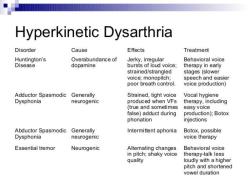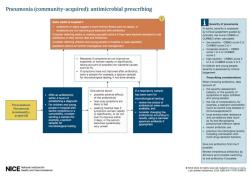When is manual restraint not allowed in an emergency?
Manual restraint, which involves physically restraining an individual, is sometimes used in emergency situations to protect the safety of the person or others. However, there are situations where manual restraint may not be allowed, or its use may be restricted or regulated due to concerns about safety, ethics, or legal considerations. These situations can vary by jurisdiction and institutional policies, but here are some general examples when manual restraint may not be allowed or should be used with caution:
Medical or Health-Related Concerns: In some medical emergencies, restraining a person through manual techniques may not be allowed due to concerns about exacerbating underlying medical conditions or causing harm. For example, manual restraint may be contraindicated in cases of certain medical conditions, such as cardiac issues, respiratory distress, or neurological disorders.
Mental Health Crises: Manual restraint is often used with caution in emergencies involving individuals experiencing a mental health crisis. The use of restraint can be controversial and may be restricted in some mental health settings due to the risk of physical or psychological harm to the individual.
Legal and Ethical Considerations: Legal and ethical guidelines play a significant role in determining when manual restraint is not allowed. Unauthorized or inappropriate use of restraint may violate an individual's rights and could lead to legal consequences.
Alternative Interventions: In many situations, alternative interventions, such as de-escalation techniques, verbal communication, or medical treatments, should be considered before resorting to manual restraint. These alternatives may be more effective and less risky.
Institutional Policies: Many organizations and institutions have policies and guidelines that restrict or regulate the use of manual restraint. These policies are designed to protect both individuals in crisis and the staff providing care.
Training and Certification: Manual restraint should only be applied by individuals who are trained and certified in proper restraint techniques. Unauthorized use by untrained individuals is generally not allowed.
Risk Assessment: Decisions regarding manual restraint should be based on a thorough risk assessment to determine the potential harm or danger in each specific situation. If the use of restraint poses a greater risk, it may not be allowed.
It's crucial to follow established policies, guidelines, and regulations in your specific context, whether you're a healthcare provider, emergency responder, or caregiver. Additionally, always prioritize the safety and well-being of the individuals involved, and seek professional guidance when making decisions about the use of manual restraint in emergencies.
Instances When Manual Restraint Is Not Allowed in Emergencies
Manual restraint should only be used as a last resort in emergency situations. It should never be used for punishment, convenience, or retaliation. Manual restraint should also not be used when it is not necessary to protect the person or others from harm.
Here are some specific instances when manual restraint is not allowed in emergencies:
- If the person is not posing a threat to themselves or others.
- If the person is resisting or struggling.
- If the person has a medical condition that could be exacerbated by manual restraint.
- If the person is under the age of 18.
- If the person is pregnant.
- If the person is disabled.
Understanding Ethical and Legal Guidelines for Restraint in Crisis Situations
There are a number of ethical and legal guidelines that must be followed when using manual restraint in crisis situations. These guidelines are designed to protect the safety and rights of the person being restrained.
Here are some of the key ethical and legal guidelines for using manual restraint in crisis situations:
- Manual restraint should only be used as a last resort.
- The least restrictive means of restraint should be used.
- The person should be released from restraint as soon as possible.
- The person should be monitored closely while they are restrained.
- The person should be treated with respect and dignity.
Alternatives to Manual Restraint in Emergency Scenarios
There are a number of alternatives to manual restraint that can be used in emergency scenarios. These alternatives are often less restrictive and less harmful than manual restraint.
Here are some of the alternatives to manual restraint in emergency scenarios:
- Verbal de-escalation techniques.
- Physical de-escalation techniques, such as holding the person's arms or blocking their movements.
- Environmental de-escalation techniques, such as removing the person from the situation or providing them with a safe space to calm down.
- Chemical restraint.
It is important to note that chemical restraint should only be used as a last resort and only under the supervision of a qualified medical professional.
By following the ethical and legal guidelines for restraint in crisis situations and by using alternatives to manual restraint whenever possible, we can help to protect the safety and rights of people in emergency situations.













